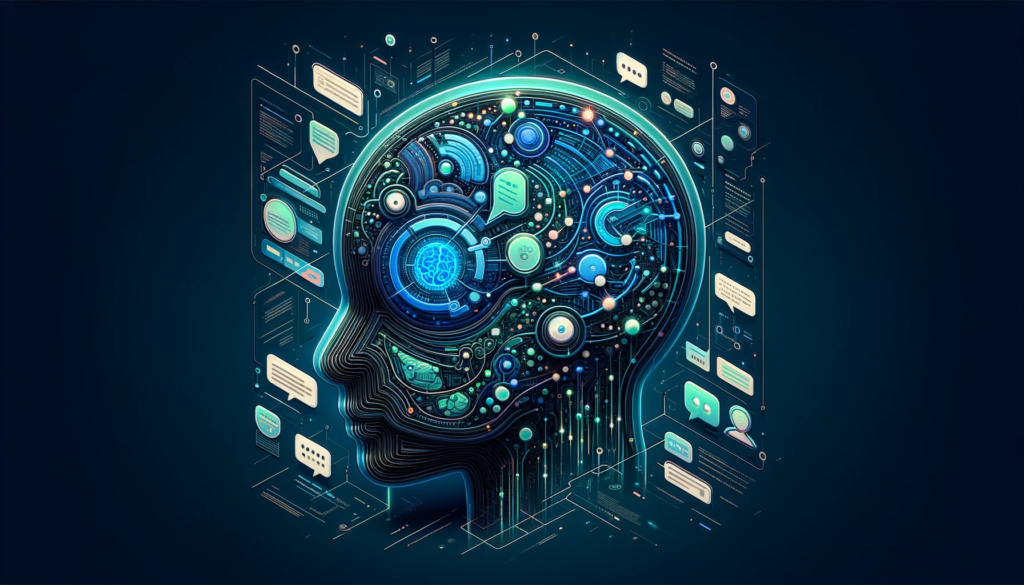ChatGPT-4 vs Google Bard: Exploring the Titans of AI Language Models

The AI landscape is abuzz with two groundbreaking language models: ChatGPT-4, developed by OpenAI, and Google Bard, Google’s foray into advanced AI-driven conversational agents. These two models represent the cutting-edge of natural language processing, each with unique features and capabilities. In this article, we’ll explore the nuances of ChatGPT-4 and Google Bard, providing insights into their functionalities, differences, and potential impacts.
ChatGPT-4: The Conversational Maestro
ChatGPT-4 is an evolution of its predecessors, boasting more extensive training data and refined algorithms. Picture a master storyteller, capable of weaving tales in myriad styles, understanding complex nuances, and engaging in detailed, context-aware conversations.

Google Bard: The Search-Enhanced AI
Google Bard, leveraging Google’s vast search engine capabilities, is akin to a well-informed guide with access to a vast library of real-time information. It’s designed to provide accurate, up-to-date answers and generate responses that are informed by the internet’s expanse of knowledge.

Key Differences Between ChatGPT-4 and Google Bard
- Data Integration: ChatGPT-4, while incredibly knowledgeable, is limited to its training data cut-off in 2021. Google Bard, on the other hand, can access real-time information from the web, offering more current responses.
- Conversational Style: ChatGPT-4 excels in longer, more detailed conversational contexts, whereas Google Bard is geared towards concise, information-rich replies.
- Application Spectrum: ChatGPT-4 is versatile, adept in creative writing, coding assistance, and educational contexts. Google Bard, with its real-time data, is more suited for up-to-date information queries and summarizing current events.

Practical Applications
- Education: ChatGPT-4 can assist in creating learning materials and tutoring, while Google Bard can provide current information for research and study.
- Business: ChatGPT-4 can aid in customer service and content creation. In contrast, Google Bard is valuable for market research and staying abreast of industry trends.
- Personal Use: ChatGPT-4 can serve as a conversational partner and creative assistant, whereas Google Bard is ideal for quick, accurate information retrieval.

Future Implications and Ethical Considerations
As these AI models evolve, they raise questions about accuracy, misinformation, and the ethical use of AI in disseminating information. Both OpenAI and Google are continuously working on addressing these challenges.
Conclusion
ChatGPT-4 and Google Bard, each with their unique strengths and limitations, represent significant advancements in AI language models. Whether it’s engaging in deep, context-aware conversations with ChatGPT-4 or seeking current, concise information from Google Bard, users have powerful tools at their disposal. As these technologies continue to develop, they will undoubtedly shape the future of information access and digital interaction.





